Reviewing yearling hoggets: Rising input costs will have a significant effect on every farm’s financial performance in 2022.
It is impossible to predict what confidence levels will be like when autumn breeding sales come round.
However, it is fair to assume that that there will be no significant increase in demand for hoggets and that poor-quality lots will likely struggle to perform in sales.
This has been the case for the last two seasons despite top-quality hoggets meeting a firm trade.
As such, it is wise to review the quality of hoggets on hand and consider drafting hoggets that are not up to the mark in the coming weeks. At a price of €7/kg a hogget recording a carcase weight of 21kg to 23kg will return a price of €147 to €161 per head.
Prices have significantly increased over the last week and have passed the €7/kg mark which makes this exercise more worthwhile.
Ramadan, which runs through April, along with Easter on 17 April will help to keep a firm floor under the trade.
Consolidating numbers will have the added benefit of reducing grass demand and less exposure to input costs.
Prolapse issues: It is suggested that prolapse might be linked with ewes in better body condition and feeding of high dry matter forage.
The typical incidence in a flock should be 1% to 2% for standard cases of prolapsed vagina while the incidence of uterine prolapse is much less prevalent with a typical incidence of one in 1,000 ewes.
Uterine prolapse can occur this year and then not be seen for a few years but where the incidence of both ailments is higher than listed above then it suggests there may be underlying factors at play. Other contributing factors for prolapsed vagina include inadequate space at feeding barriers, a higher than optimum fibre content in the late-pregnancy diet, high litter sizes and lameness.
There is little that can be done regarding rectifying body condition in late pregnancy and the last thing that should be done is to overly restrict ewes, as this will only serve to trigger other ailments.
Solutions should involve ensuring high-energy feeds are offered to ewes to meet nutritional requirements while restricting access to high-fibre feeds. Splitting concentrate supplementation into a number of feeds, ensuring there is adequate space at feeding barriers and improving ewe exercise (letting ewes outdoors), where feasible, can help.
The normal vaginal prolapse can generally be handled with relative ease through applying harnesses or suturing.
Administering an anti-inflammatory or painkiller may also be required to ease straining and forcing. In serious cases, it is generally also advisable to administer either a long-acting antibiotic or a three- to five-day treatment programme to prevent secondary bacterial infection.
The more serious problem, occurring at a lower rate but is linked with much higher levels of mortality, is uterine prolapse. There is no exact cause identified, but the factors above can all contribute. The ailment consists of a ewe expelling the uterus and, in more severe cases, intestines.
The prognosis for treatment and recovery is poor. Veterinary treatment is recommended, where an anaesthetic can also be administered while suturing or a call on euthanasia can be made.
Reviewing yearling hoggets: Rising input costs will have a significant effect on every farm’s financial performance in 2022.
It is impossible to predict what confidence levels will be like when autumn breeding sales come round.
However, it is fair to assume that that there will be no significant increase in demand for hoggets and that poor-quality lots will likely struggle to perform in sales.
This has been the case for the last two seasons despite top-quality hoggets meeting a firm trade.
As such, it is wise to review the quality of hoggets on hand and consider drafting hoggets that are not up to the mark in the coming weeks. At a price of €7/kg a hogget recording a carcase weight of 21kg to 23kg will return a price of €147 to €161 per head.
Prices have significantly increased over the last week and have passed the €7/kg mark which makes this exercise more worthwhile.
Ramadan, which runs through April, along with Easter on 17 April will help to keep a firm floor under the trade.
Consolidating numbers will have the added benefit of reducing grass demand and less exposure to input costs.
Prolapse issues: It is suggested that prolapse might be linked with ewes in better body condition and feeding of high dry matter forage.
The typical incidence in a flock should be 1% to 2% for standard cases of prolapsed vagina while the incidence of uterine prolapse is much less prevalent with a typical incidence of one in 1,000 ewes.
Uterine prolapse can occur this year and then not be seen for a few years but where the incidence of both ailments is higher than listed above then it suggests there may be underlying factors at play. Other contributing factors for prolapsed vagina include inadequate space at feeding barriers, a higher than optimum fibre content in the late-pregnancy diet, high litter sizes and lameness.
There is little that can be done regarding rectifying body condition in late pregnancy and the last thing that should be done is to overly restrict ewes, as this will only serve to trigger other ailments.
Solutions should involve ensuring high-energy feeds are offered to ewes to meet nutritional requirements while restricting access to high-fibre feeds. Splitting concentrate supplementation into a number of feeds, ensuring there is adequate space at feeding barriers and improving ewe exercise (letting ewes outdoors), where feasible, can help.
The normal vaginal prolapse can generally be handled with relative ease through applying harnesses or suturing.
Administering an anti-inflammatory or painkiller may also be required to ease straining and forcing. In serious cases, it is generally also advisable to administer either a long-acting antibiotic or a three- to five-day treatment programme to prevent secondary bacterial infection.
The more serious problem, occurring at a lower rate but is linked with much higher levels of mortality, is uterine prolapse. There is no exact cause identified, but the factors above can all contribute. The ailment consists of a ewe expelling the uterus and, in more severe cases, intestines.
The prognosis for treatment and recovery is poor. Veterinary treatment is recommended, where an anaesthetic can also be administered while suturing or a call on euthanasia can be made.



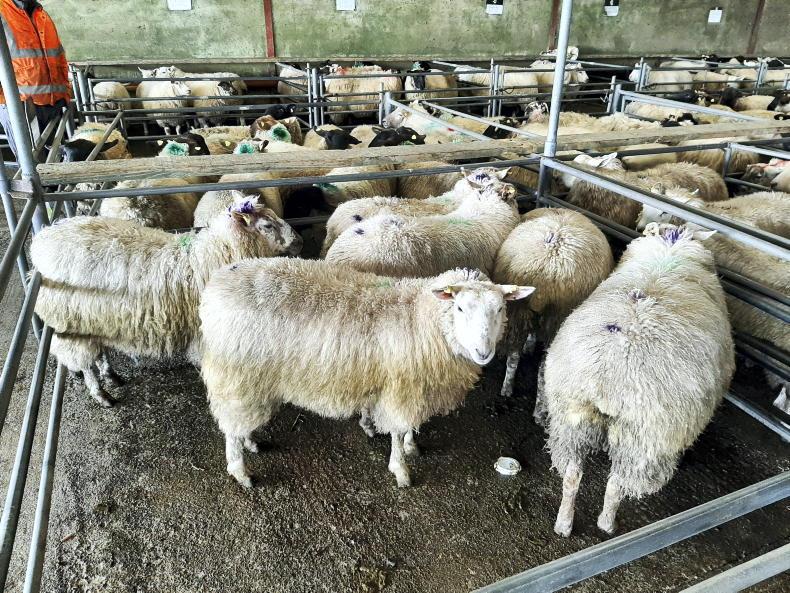

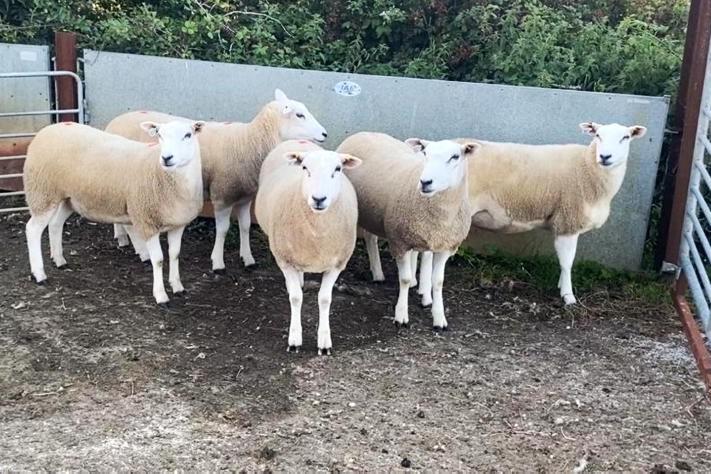

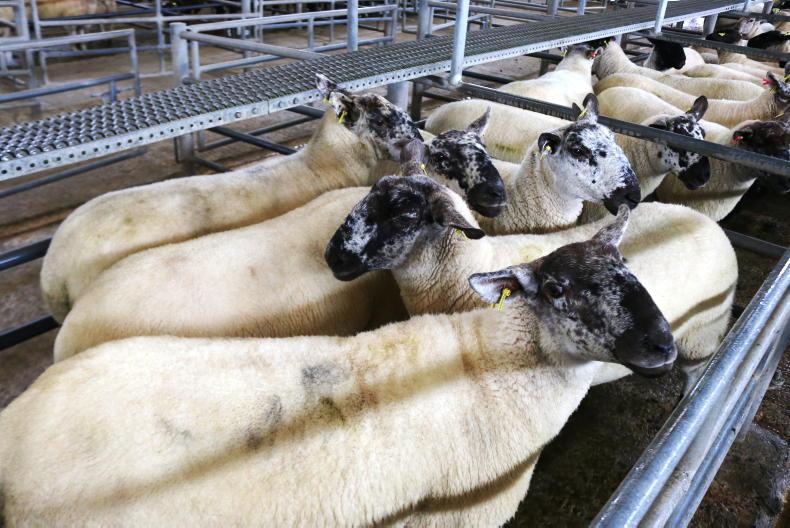
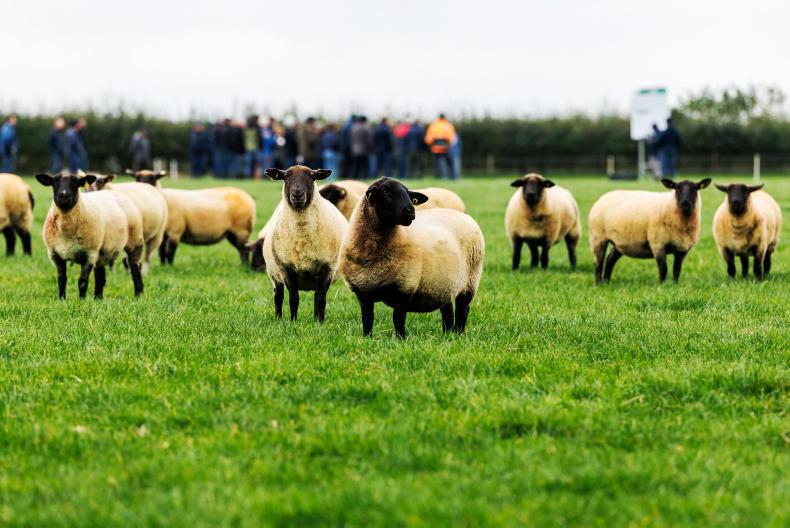
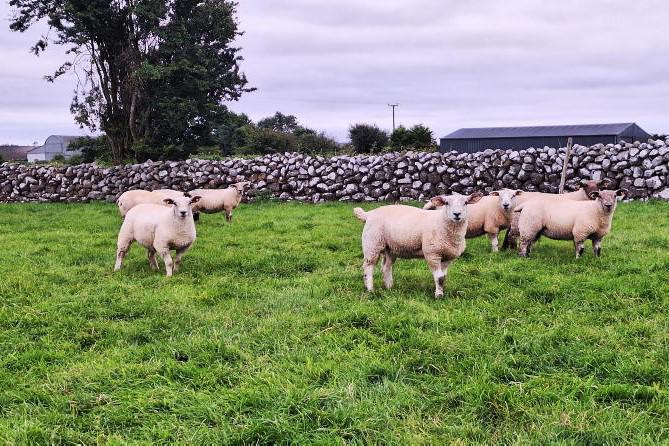
SHARING OPTIONS